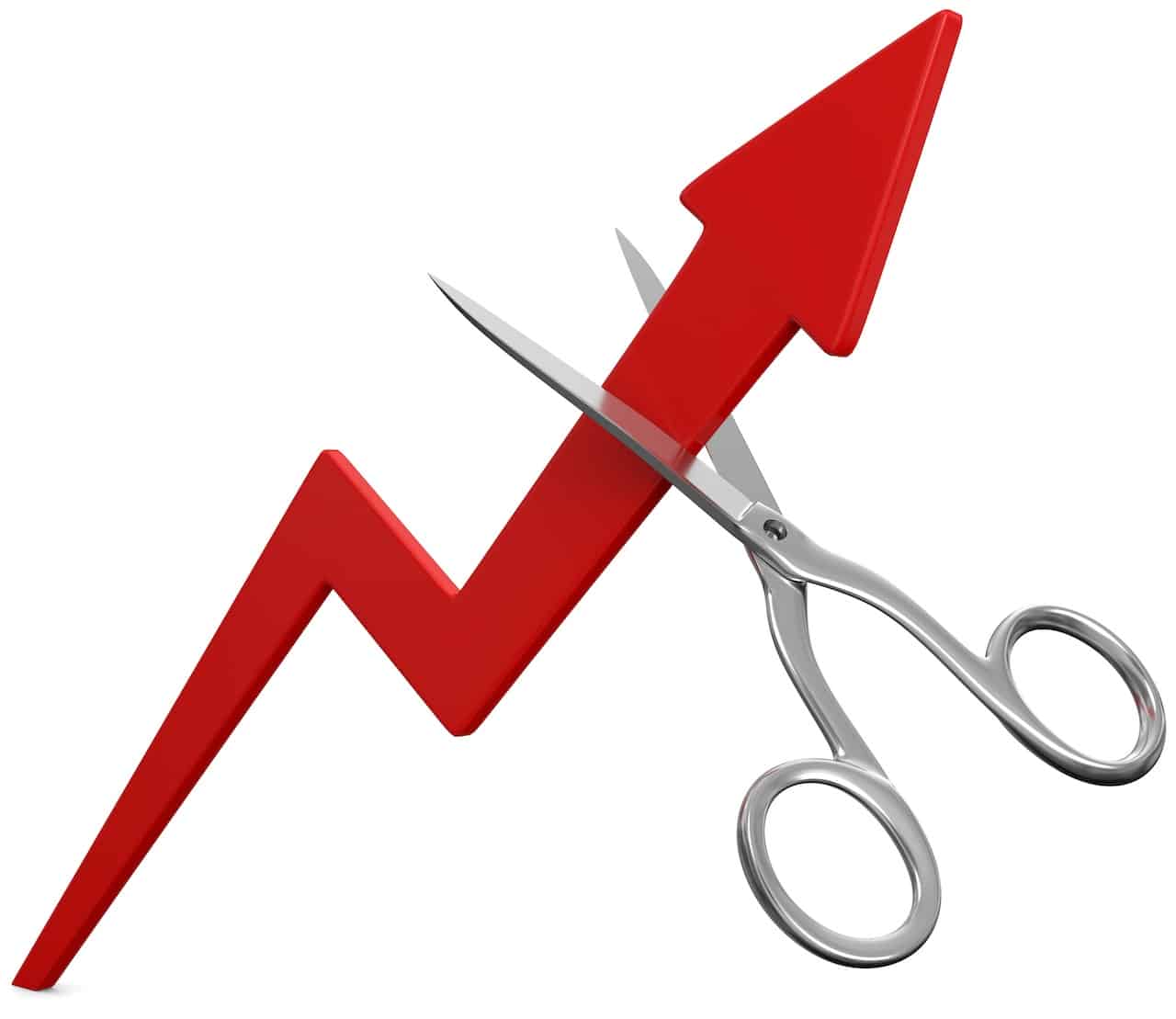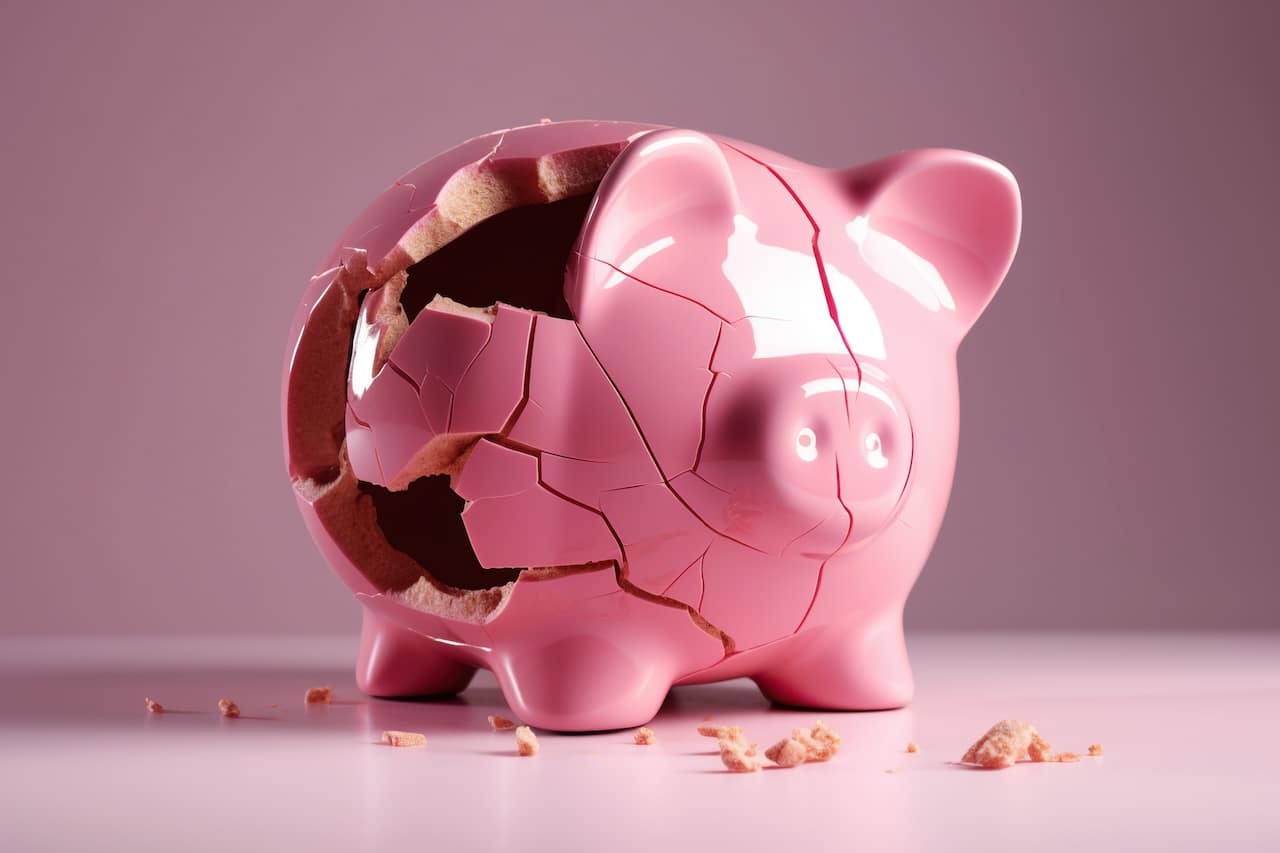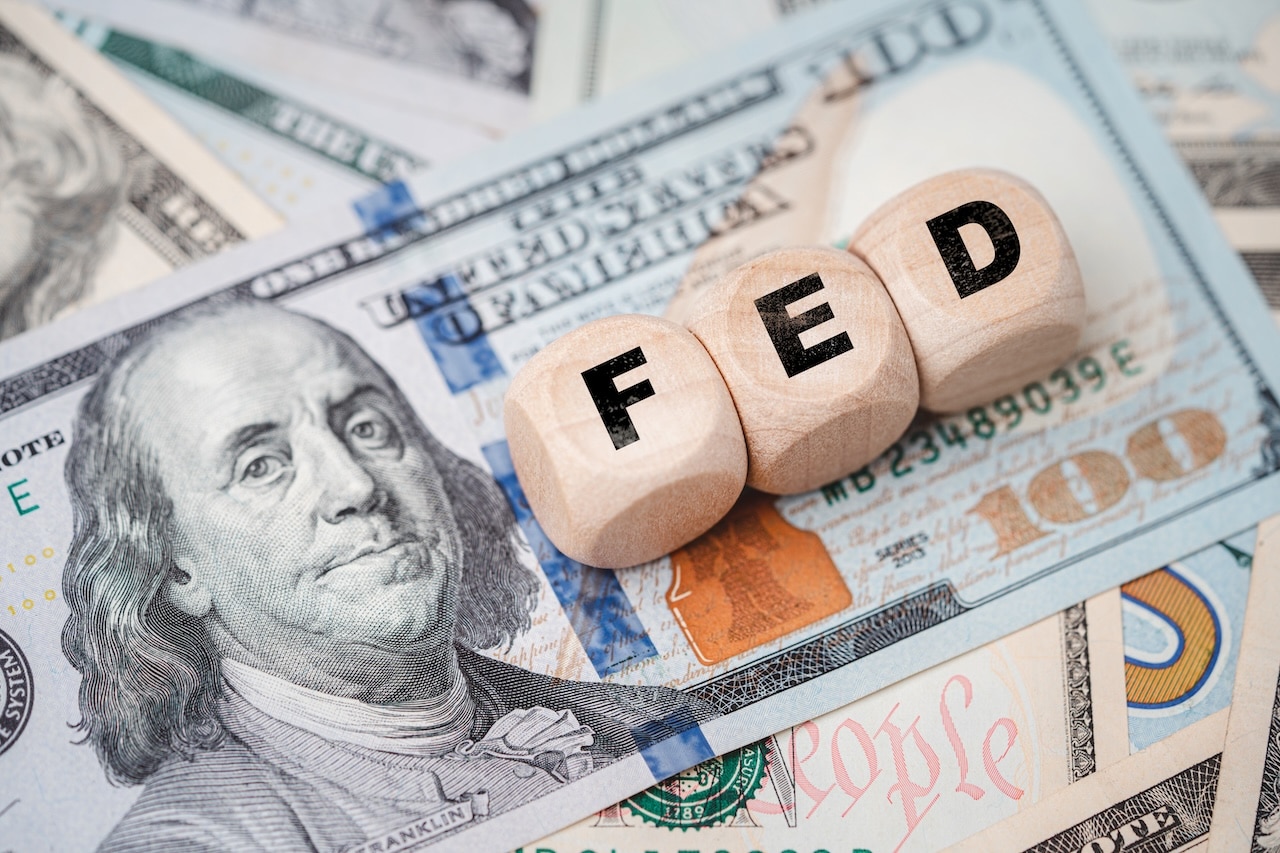Credit Sesame discusses high inflation and when it might end.
Inflation has been the leading topic every time the Fed has met this year. The Federal Open Market Committee (FOMC) has raised interest rates after its last five meetings in an effort to fight inflation.
Fed chairman Jerome Powell acknowledged that higher interest rates might cause financial pain for households. However, letting inflation go unchecked would be even more damaging.
To soften the shock of raising interest rates, the FOMC has increased them bit by bit instead of all at once. The question that everyone is asking is, “how long will this go on?”
As of now, there is no clear sign of when inflation will ease or how high interest rates must rise before it does. However, several things to watch for indicate a possible turning point.
History may not be a reliable guide
One reason it’s so hard to know what to expect is that inflation can behave very erratically. There have been long periods of mild inflation and extended periods of high inflation.
Over the past 50 years, inflation has averaged about 4% per year. During that time, there have been 11 periods when inflation has been higher than 4% for at least a year. When those periods of high inflation set in, they lasted for an average of nearly 30 months.
Inflation has been running at an annual rate above 4% for 28 months. If we look at historical averages, that suggests we should be nearing the end of this high-inflation period.
Unfortunately, history doesn’t always repeat itself in such an orderly fashion. There was one period when inflation ran above 4% for more than ten years through most of the 1970s and into the early 1980s. So, it’s possible that high inflation could continue for a long time.
A dip in oil prices has helped recently
One encouraging sign is that oil prices have fallen in recent months. Data from the Energy Information Administration shows crude oil prices peaked in early June. They’ve been declining since then.
Retail gasoline prices have followed a similar pattern. U.S. retail gas prices have fallen by over $1.30 a gallon since peaking in June.
These price declines are encouraging because oil and gas prices are important to the economy. They affect the prices of most other goods and services. Notably, a surge in oil prices is one of the things that kicked off the recent bout of high inflation.
However, it’s important to remember that oil and gas prices are notoriously volatile. Just because they’ve been easing for a few months doesn’t mean the trend may continue.
A growing labor pool might be a good sign.
Another good sign for the fight against inflation is that the labor force participation rate rose by 0.3% in August, according to the Bureau of Labor Statistics.
That’s a good sign. Many Americans were slow to return to the workforce following the COVID pandemic, creating a labor shortage. That kind of shortage pushes prices higher.
Over the past year, though, 3 million people have returned to the labor force. Still, the labor force participation rate is 1% below where it was before the pandemic. That means there is still room for the labor force to grow and take some pressure off prices.
Inflation remains high in most sectors.
Inflation remains a concern despite encouraging trends in oil prices and labor force participation. One reason why it may continue to prove stubborn is that it is so widespread.
While overall inflation was a very mild 0.1% in August, this was only because of the drop in oil and gasoline prices. Food prices rose by about 1% per month over the past half year. All other sectors besides energy and food increased by 0.6% in August, which projects a 7.4% annual rate of increase.
Individual components of the Consumer Price Index are likely to go up and down from month to month. What signals a possible turnaround is when price increases start easing across a broad range of sectors.
The Fed may have a long way to go to get on top of inflation
The companion to the question about how long inflation will continue is how far the Fed will raise interest rates to get on top of inflation.
Already, this year has seen the fastest rise in the Fed funds rate since the 1980s. Despite that, though, Fed funds rates are still well below average. They are especially low relative to inflation.
Over the past 50 years, the Fed funds rate has averaged 4.89% – well above today’s 3% to 3.25% range. Over that 50 years, the Fed funds rate has typically been 0.91% above inflation. Even after the most recent rate increase, the Fed funds rate is more than 5% below the past year’s inflation rate.
So, if inflation doesn’t slow down soon, it would take an additional 6% Fed funds rate increase to get it to its average level relative to inflation.
It is more likely that we will see a combination of further Fed rate increases and easing inflation. The point is that the Fed funds rate could still go much higher than it is today.
Bringing inflation rates down is not the end of the problem
When you ponder how long the current spate of high inflation can continue, there is one final thing to remember. The inflation rate may drop below its historical average of 4%, or even down to the Fed’s target of 2%, but that won’t be the end of the problem.
The high prices inflation has brought with it are probably here to stay. Periods of deflation, or falling prices, are pretty rare. So, price increases may slow, but prices are unlikely to return to prior levels.
This means consumers have to adjust. They have to prioritize budgets to afford the most important things without relying on borrowing. Ideally, over time income raises will ensure they can better afford today’s prices.
You may also be interested in:
- How Inflation Affects All Parts of Life
- Inflation is a Game-Changer: Is it Time to Change Your Strategy?
Disclaimer: The article and information provided here is for informational purposes only and is not intended as a substitute for professional advice.




















